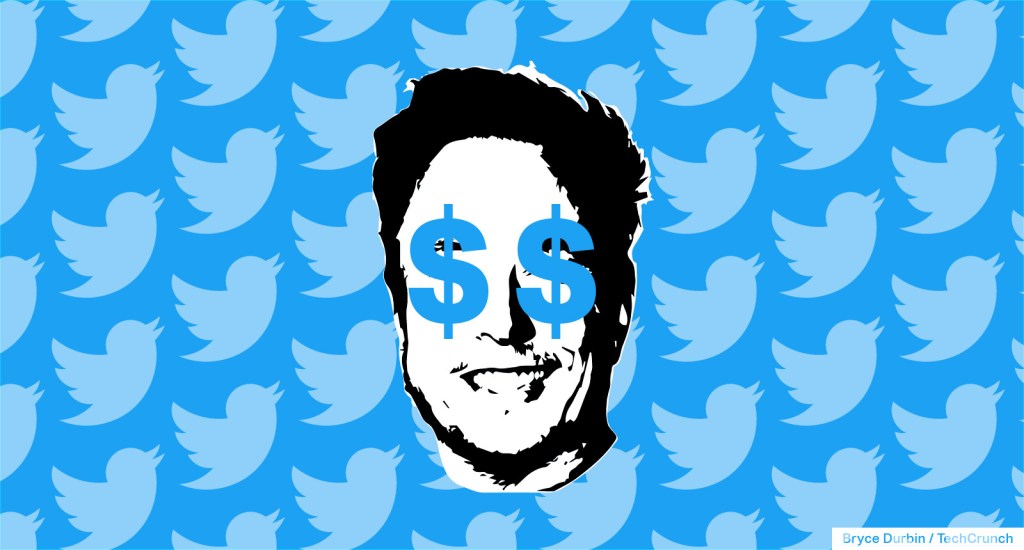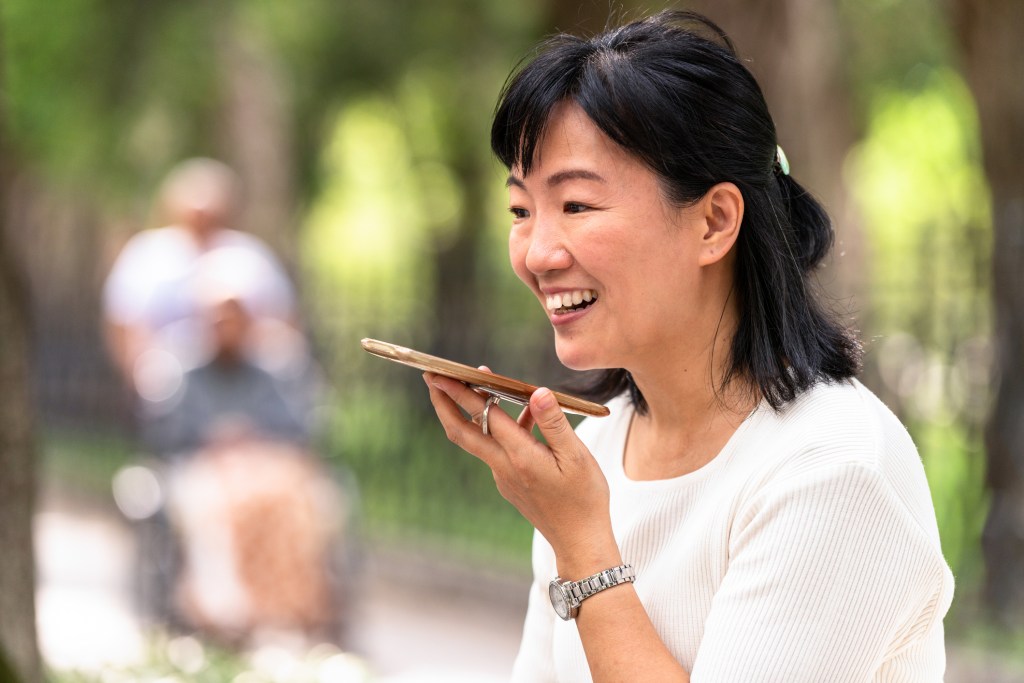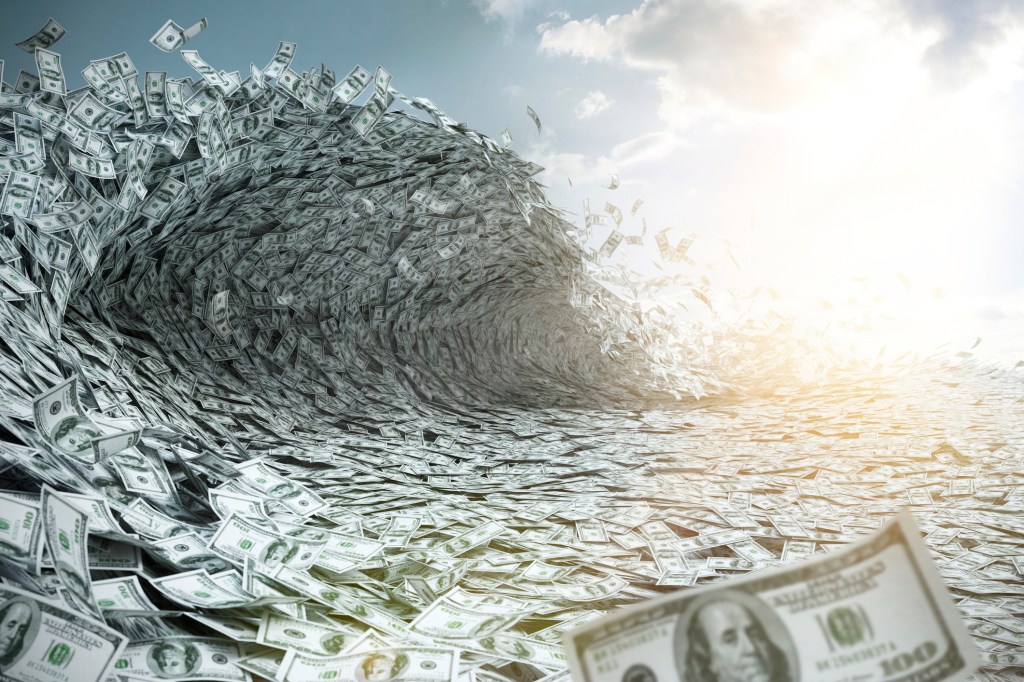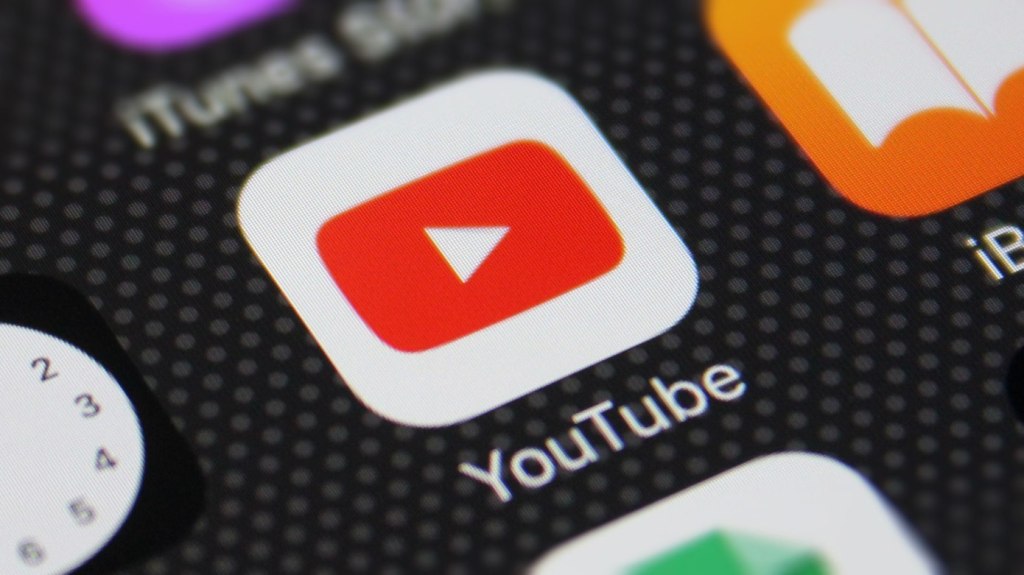Whether you love or hate celebrity culture, the Met Gala is an event. Those less jaded among us get to see all of the biggest stars take their boldest fashion risks of the year; unlike an award show, it’s an event that encourages avant-garde extravagance. And if you find the whole thing vapid, then you can laugh along at how Ed Sheeran’s outfit looks like something Troy Bolton wore in High School Musical 3.
But this year, the Met Gala was a test.
“Katy Perry. That’s it,” one X post read. In the photo, Katy Perry wears a massive gown decorated with three-dimensional floral appliqués. As the pearlescent gown drapes to the ground, its long train fades into realistic-looking moss, which cascades across the beige and red Met Gala carpet.
If you look at the image for longer than a passing glance, you could feasibly believe that the “Teenage Dream” singer arrived at fashion’s biggest night wearing this whimsical, woodland-like gown. But in all of the other photos of the Met Gala, the carpet was white and green as part of the “Garden of Time” theme; in this photo, it’s beige and red. Why does Katy appear to be walking a different carpet?
That’s the telltale sign that this viral image of Perry is fake. And yet it already has more than 10 million views on X and over 300,000 likes.
Minutes later, another user on X posted another image of Perry. Her lips are slightly parted like she’s surprised by the paparazzi, and she’s wearing a bronze corset that looks like a key to a garden. Unlike the first image, this one actually has the correct color palette and scenery for this year’s gala, but something still feels off. Her floral skirt seems like it was cut and paste onto her body, and the light is hitting her corset in an unnatural way.
So, how do you know it’s fake, as opposed to a strange photo? No fashion magazine has reported on Katy Perry’s look tonight — it doesn’t look like she’s actually attending this year. Meanwhile, Perry cryptically liked both viral tweets but did not comment on the deceptive posts.
Every year at the Met Gala, Rihanna is among the best dressed. In the days leading up to the event, she promised fans that she would actually get to the event in time for dinner — usually, she’s very fashionably late. She even dyed her hair pink for the occasion.
On the earlier end of the red carpet, an image surfaced of Rihanna wearing a dramatically regal, garden-themed dress. The shoulders balloon into a sculptural halo, embroidered with birds, vines and flowers. But again, despite getting 2.6 million views, the image is not real. Rihanna dyed her hair pink, remember? Like Perry, Rihanna is nowhere in sight. People Magazine reported that Rihanna had to skip Monday evening’s festivities after coming down with the flu.
The consequences of a fake Rihanna dress are pretty minor. But based on Rihanna’s history of nailing the Met Gala theme, would she really take the easy way out and wear a floral gown to the “Garden of Time” celebration? Like an AI deepfake Drake song, these synthetic looks were a bit too on the nose, lacking the creativity that makes the Met Gala unique. Could an AI come up with Cynthia Erivo’s brilliant suit or Lana Del Rey’s creepy-cool woodsy look?
Zendaya, an early front-runner for best dressed, showed up in a blue-green outfit that makes her look like a super-chic fairy-tale villain. Hours later, when an image cropped up of Zendaya wearing a black leather gown and floral headpiece on the carpet, I was braced to believe that it was yet another fake photo. But the truth is stranger: After five years absent from the gala, Zendaya actually walked the carpet twice in two different outfits. Go figure.
Still, each new image of a celebrity served as a call to check the patterns on the carpet, the flowers along the stair railings, and whether or not the paparazzi in the background look a little funky. Usually, the Met Gala is an opportunity to gab about famous people’s outlandish outfits as a brief distraction from our unglamorous Monday nights. But in the age of widespread generative AI tools, celebrity culture serves as a constant reminder that we can’t believe everything we see online.































Comment